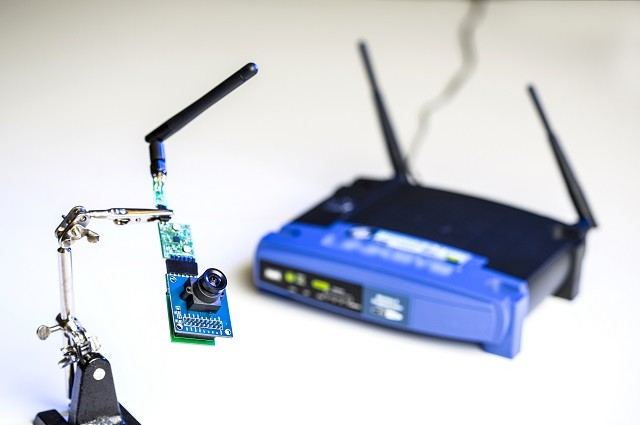A Sweden University team of scientists created the initial electrically augmented plant, and developed both digital and analog circuits within a rose that is alive. The technology would permit researchers to regulate chemical processes and growth in plants and harness photosynthesis in order to develop fresh solar cells.
This Swedish team added in a polymer into the rose’s leaves and natural vessel system, and they had the ability to prove it is possible to develop electrical elements resembling transistors, wires, and display components.
The group utilized a conductive polymer, referred to as PEDOT-S, in order to form wires inside the inside of the xylem; tissue carrying water surrounding the plant. Wires were put together by exposing the rose cuttings to a polymer solution that evenly spread all throughout the plant, and coats the xylem as well as forms conductive structures that were longer than 2”. Due to the polymer not filling the xylem completely, the capability of the plant carrying nutrients and water around wasn’t restricted.
Also, the researchers infused the leaves of the plant utilizing a different polymer, an additional PEDOT family member that developed “pixels” surrounding the veins of the rose. By sending electrochemical signals via the veins, they had the ability to activate these pixels, altering the color inside these leaves as if they were simplistic displays, changing between dark and light green.
Head of the team which created the technology, Professor Magnus Berggren, thinks electronically enhanced plants might possess a massive impact in comprehending plants better and creating integrated technologies like bio-sensors, photosynthesis based fuel cells, growth regulators as well as devices which are able to control the plant’s inside functions.

